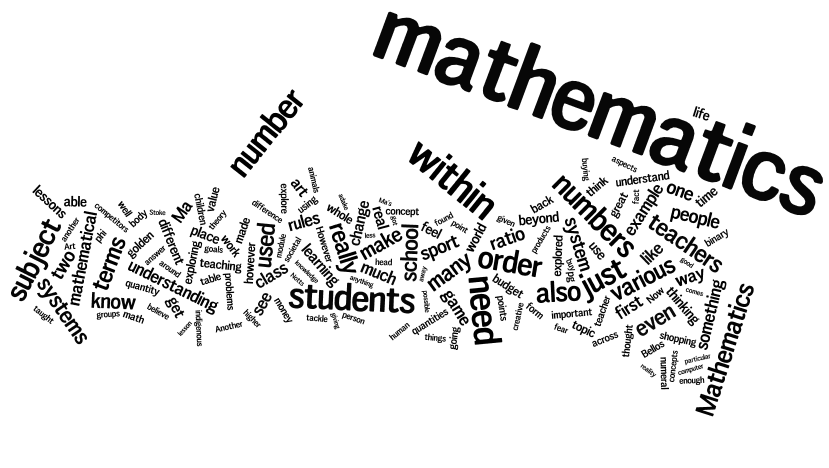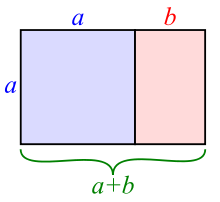Within the “Making the PYP happen at ISS” document (2009), a key area that I found interesting to examine in a separate blog post was the difference in lesson planning for teachers in comparison to the traditional lesson planning format that we are used to at the University of Dundee. I felt a separate blog post was needed to take into consideration its implications on the teachers at ISS in facilitating the learning for their clients (both the students and their teachers) was the PYP lesson planner.
Now, reflecting firstly upon the lesson plans that we were provided last year for 1PP1, I see that these were focused more on individual lessons that were centred around the planning of focused areas of learning objectives and success criteria, which does not fully represent the entirety of planning that a teacher must do in their practice, however, it served as an excellent basis for introductory planning for us as first-year practitioners.
Coming to ISS, I believe that I am at an excellent advantage to try and see the wider importance of teacher planning, as it will enable me to hone my skills within self-discipline, working under pressure and setting professional goals as I explore the different grades at ISS and see the planning that each teacher does to facilitate learning (and even just plan towards maintaining structure of their classroom). Teachers need to think beyond the days and weeks of their teaching time.
Cremin and Arthur (2014, p.148) believe that a practitioner that does not consider the greater importance in long-term planning will go into their in teaching that has been provided to them instead of engaging in a whole-staff base critically examining the practice that is being provided to their students, which in term formulates teachers that are not autonomous in their educational philosophy. If ISS wants to instil the values of autonomous learners within the classroom, they also need autonomous practitioners setting an example.
Whilst the grade 3s were with their specialist on Monday, I stayed with their homeroom teachers as they had a grade level meeting for planning. I gained a lot of insight in the depth of planning that the teachers go into. The consideration of even planning meetings for parents to get information of the class’ trips (that are months away still) showed me that looking ahead is just as important as planning for the learning now at ISS, particularly with the amount of time homeroom teachers get when their class is with specialist in PE, Art/Music and German/EAL.
This contrast with the landscape of teaching in Scotland as us primary teachers must also be the specialist teacher in today’s educational climate. The required balance between teaching and planning, I think, has a great say in the quality of teaching that the teachers provide. Teachers at ISS have adequate amounts of time to acquire the appropriate resources, plan out what learning needs to take place and consult their peers for feedback. A downside to this I heard from one of the teachers is that the amount of time spent with the children might not be enough to cover everything they hope to cover.
The teachers first spoke about the mathematics lessons they hoped to do that week, what that would lead to in the future and then they looked at their calendars to explore the events that were coming up in the future (such as the multi-cultural evening and the class trips). Also, the teachers talked in-depth about their Unit of Inquiry for their grade, which focuses on the categorisation of living things.
As these teachers are well aware of the layout of IB, they knew that their planning had to be in line with the International Baccalaureate curriculum, which also has its own PYP planner, which I received a copy of.
Examining the two frameworks for lesson planning, I can see there are areas of similarities and differences that I hope to deconstruct further below.
Firstly, The IB PYP Planner, which is used when planning towards learning in UOI (Unit of Inquiry), begins in a similar fashion as the lesson plans that we used. Information such as grade level, age group, title and proposed duration. Then, it leads a practitioner on to examine what planning must go into the inquiry they want their students to explore.
1. What is our purpose?
Teachers must choose a transdisciplinary theme and a central idea when planning towards a unit of inquiry and then they must also question how they will evidence this and assess the students, particularly when UOI is predominately student-led – “If there is no effective way that students can demonstrate their understanding of the central idea, the central idea will need to be revised so that students’ understanding of it can be shown. The articulation between the central idea and the summative assessment task(s) needs to be resolved before further planning takes place” (International Baccalaureate, 2009, p. 37). So, it is vital for teachers to not only know what skills they want to build upon or begin establishing through the outlet of a core idea, but also how to evidence this and see it within their students, otherwise they will need to re-assess their plans.
Grade 3s central idea was around living things and Grade 4s was centred around the impact of humans being both suppliers and consumers in a media-rich world (which then branched into the themes of internet safety, stereotypes being emphasised through advertisement and the problems of photoshop on body image).
2. What do we want to learn?
This concerns the key ideas (form, function, causation, change, connection, perspective, responsibility, reflection) that will be focused upon in the inquiry. the guidance is that no more than three of the key concepts should be selected to focus on.
Now, the UOI may be student-led, however, teachers have the responsibility to frame the areas of inquiry in the beginning of the unit through provocations they provide. They also need to provide open-ended questions that are interlinked with the central idea that needs to be explored so that students will be prompted to investigate further.
This relates to our format of planning, however, we must relate our areas of inquiry with the experiences and outcomes. However, the philosophy towards education is greatly different between Curriculum for Excellence and the International Baccalaureate, as there is more focus on the students going out to source their own learning with teachers being their to guide them; CfE instead is more linear in the sense that teachers to make sure that students have met the outcomes and success criteria at the end of how many lessons they believe are necessary for any given topic.
3. How might we know what we have learned?
This section deals with the prior knowledge that students will bring to the table (something we also need to consider with CfE). IB emphasises that regular feedback needs to be given to students in order to identify progress and areas for growth that they can explore though self and peer assessment. Teachers need to make sure they have proof of each student’s learning in a format that the student can then reflect on their work. “a well-designed assessment task becomes, in and of itself, a learning experience because it provides opportunities to reinforce or extend the learning” (International Baccalaureate, 2009, p. 38)
4. How best might we learn?
This section must be referred to in unison with question 3 as the two are interrelated. One cannot really know how they can best learn without knowing what they already know. Both teachers and students alike should be able to propose ways that people can go about learning their unit of inquiry. This will allow students to then make connections between the key concepts proposed.
5. What resources need to be gathered?
Another key area that relates with the planning that I am familiar with. Teachers need to know prior to the learning occurring, what materials they and their students will need to ensure that the best quality of learning occurs. Furthermore, additional technological resources need to be organised effectively in a school where many other staff members will also want to use similar resources for their learning.
6. To what extent did we achieve our purpose?
Reflection is at the core of all formats of teaching, as a post-reflection is also necessary when planning in Scotland so that teachers can see where they have areas that were strong and where they have areas that need refinement in the future. IB states that examples of work should be attached to this also. It is not enough either just to question the success of the UOI as a whole, specific areas such as the assessment tasks and the connections between the central idea and the transdisciplinary theme must also be evident.
7. To what extent did we include the element of the PYP?
This section is to explore the learning experiences that really enabled students to be able to fully comprehend what they were learning in the unit of inquiry and how the UOI developed particular attributes of the learner profile (the core concept that is evident throughout IB in shaping internationally minded students).
8. What student-initiated inquiries arose from the learning?
I feel this is an area that the Scottish format of planning towards learning could take note from. This is where a record of the areas that the students really picked apart or brought up themselves during the inquiry process. Some student-initiated inquiries will be particularly influential in determining the nature of the inquiry and therefore should be evidenced by the teacher, as they can have a great influence informing planning when the inquiry is next visited.
I feel that experiencing a different curriculum from the one I am used to in Scotland has really extended my view upon planning towards learning. It is crucial that we see beyond the boxes that are put in front of us as students in terms of “we must complete this, this and this, and that is it”. Planning should be viewed in a less clinical format, which I think IB has focused on this well with their inquiry-based format of planning. The learning is thought about before, during and well-after a unit of inquiry has been explored. This also shows me an example of what sort of questions are needed in a longer term planner, as we have only used the daily lesson planner.
Reference:
Cremin, T. and Arthur, J. (2014) Learning to Teach in the Primary School. New York: Routledge.
International Baccalaureate (2009) Making the PYP happen at ISS: A curriculum framework for international primary education. International Baccalaureate: Cardiff.













